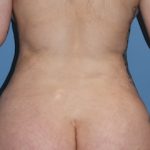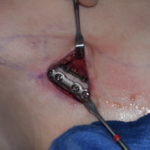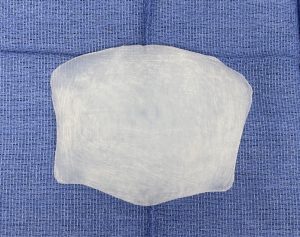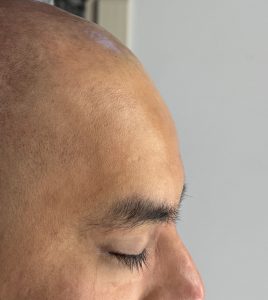Background: Men who request forehead augmentation fall into two general types, a forehead augmentation that does not include the brow bones and forehead augmentation that does include them. The custom forehead implant is the superior method to achieve good aesthetic outcomes with either type of forehead augmentation but the footprint in their designs are obviously different as well as the thickness of implant material needed. But the general guidelines of what defines an aesthetically pleasing male forehead remain the same.
The male forehead has several distinctive shape features that have long been identified as masculine. Prominent brow ridges with a visible suprabrow bone break into the forehead above it, a gentle backward forehead slope and a wider forehead shape with more evident temporal lines are the three forehead features that separate it from that of a female forehead. These are the general guiding design principles of a male custom forehead implant.
In forehead augmentation that does not include the brow bones the main objective is to change (decrease) its backward slope in most cases. The visible slope of the forehead, as seen in profile, is affected by brow bone projection, depth of the frontonasal angle as well as the location of the frontal hairline. But a gentle backward slope of around 10 degrees is often quoted as being desirable. Amounts mice greater than this would be as excessive or too much of a forehead slope.
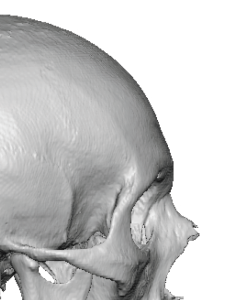
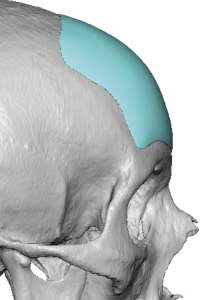

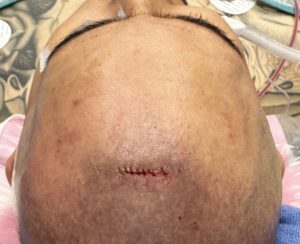
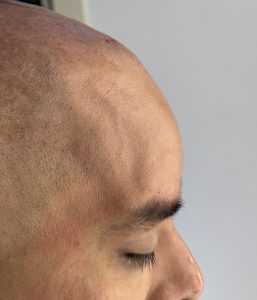
In considering male non-brow bone forehead augmentation the amount of backward slope decrease will influence how far back onto the skull the implant needs to go. The greater the slope correction and implant thickness the further back into the top of the head the augmentation must go. The easiest male patient in which to determine the amount of forehead slope change and how far back onto the top of the head it must go is in the shaved head patient. (as in this patient) Using preop imaging and making various contour changes (by Photoshop or Z Brush) the exact desired slope change can be determined
Key Points:
1) Type 1 male forehead augmentation is a slope only correction without brow bone involvement.
2) The thickness of the forehead implant should not completely eliminate the back slope.
3) Custom forehead implants are placed through a small scalp incision that does not require an endoscope for accurate placement.
Dr. Barry Eppley
World-Renowned Plastic Surgeon

